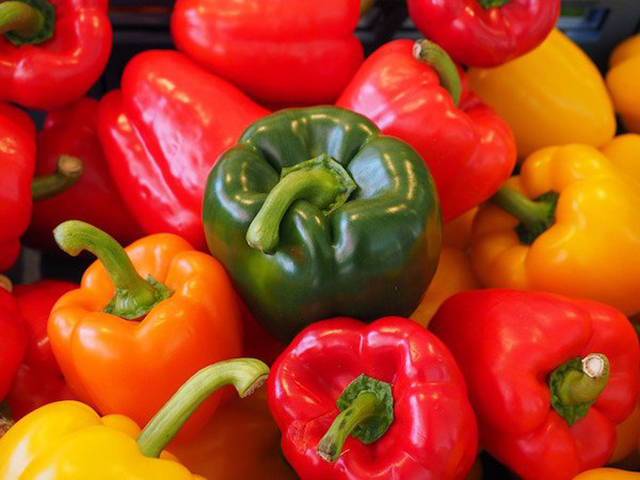Maple Syrup
Real maple syrup will become gritty and congeal if stored in an environment that’s too cold.
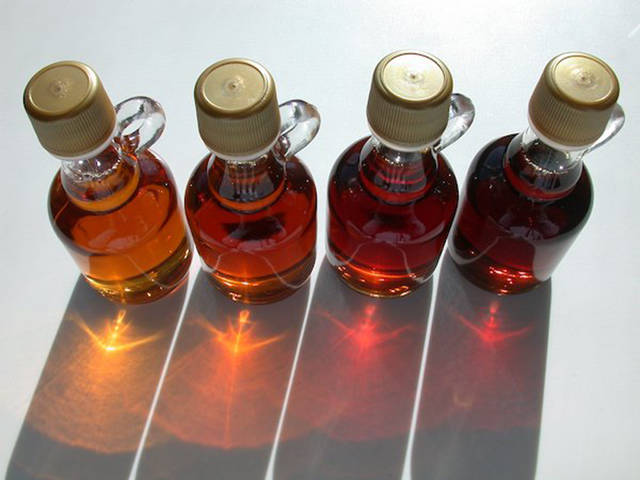
Soy Sauce
Soy sauce is fermented, meaning its chemical composition is made to withstand warmer temps without spoiling.
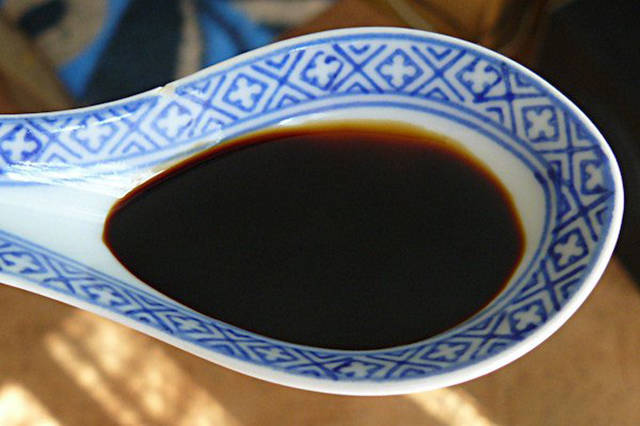
Pickles
While the fridge doesn’t exactly ruin them, they’re made to be a preserved item, so storing them on the shelfs is perfectly fine.
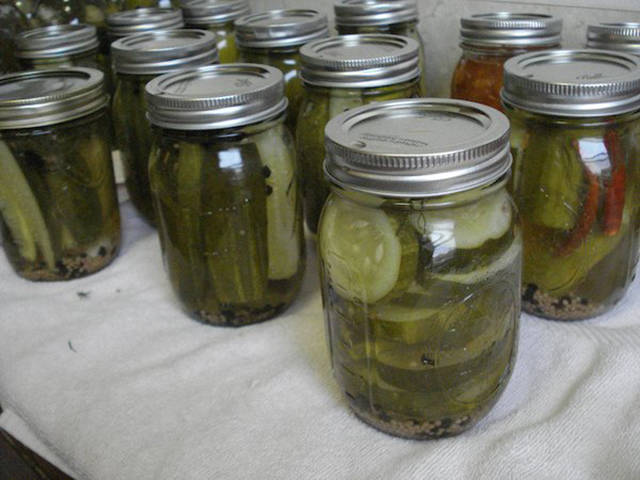
Whole Melons
Like oranges, lemons and limes, melons have a protective skin that keeps their insides soft and tasty. Stashing them in the icebox before you slice ’em can break down their flesh and make them mealy.
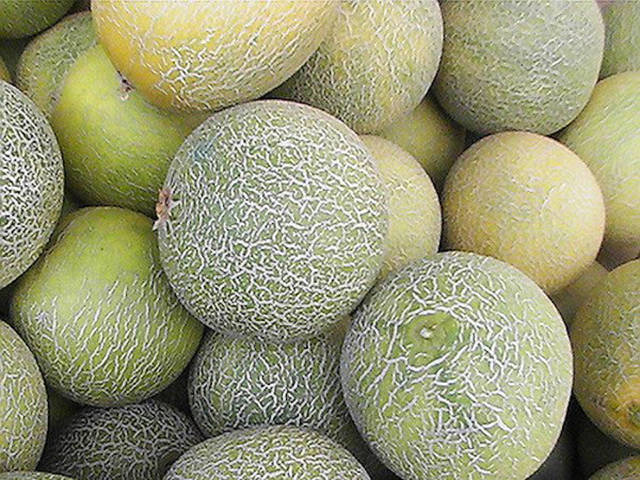
Peppers
The best part about fresh peppers is their satisfying, juicy crunch, but drop them in the chill-box and they’re bound to get a little flimsy.
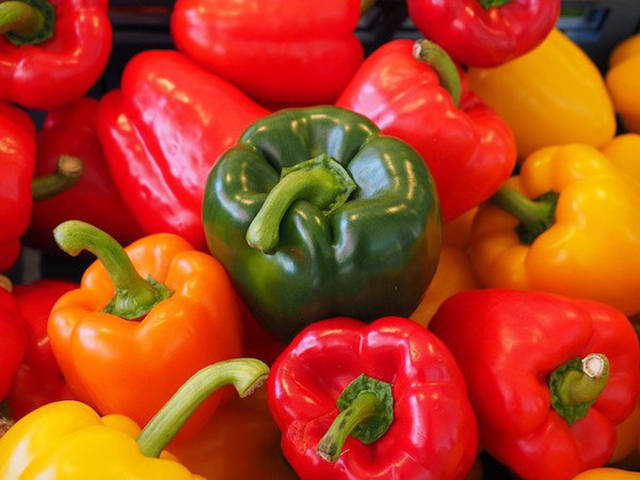
Potatoes, onions and garlic
When subjected to low temperatures, potatoes become starchy and difficult to eat. Stowing onions and garlic in the fridge can lead to them becoming soft.
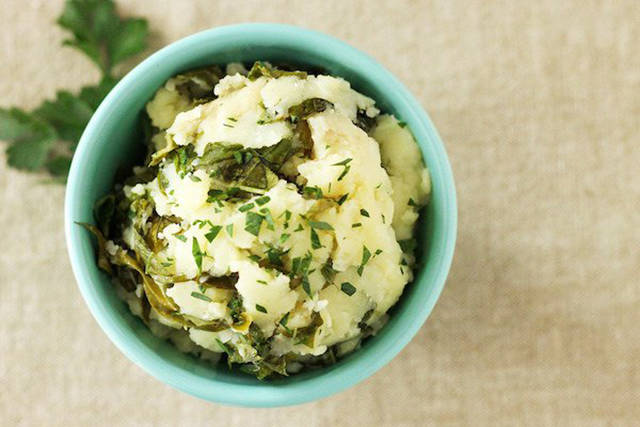
Farm-fresh eggs (sometimes)
If the eggs are sourced from a nearby farm, there shouldn’t be any need to stash them away. However, grocery store eggs, which are processed differently in the States and are more likely to contain salmonella, are safer on ice. So proceed with caution.
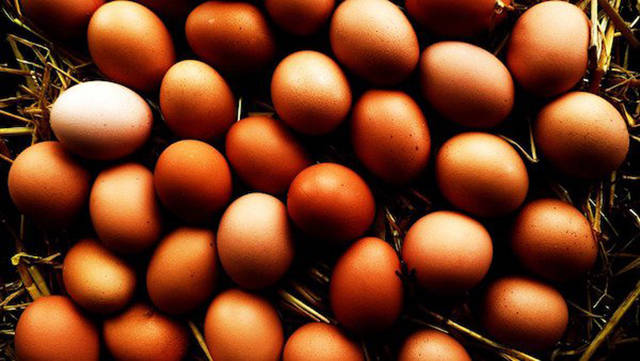
Bread
Bread also grows dry and crusty in the fridge, counteracting any intended preservation. A countertop breadbox is a much better option.
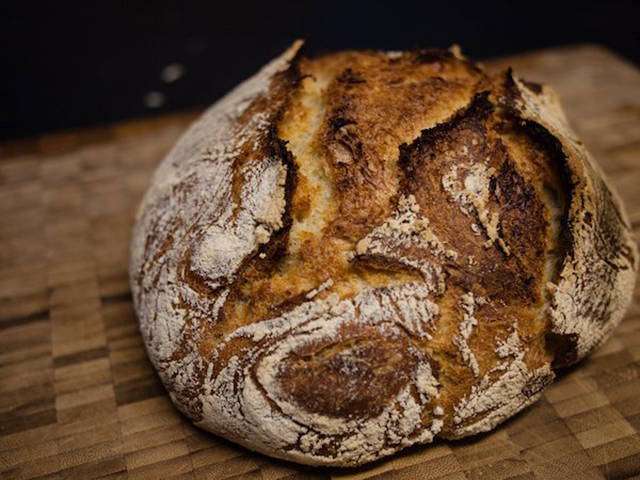
Coffee
Coffee beans and grounds become dry and flavorless when chilled, so keep them room temperature.
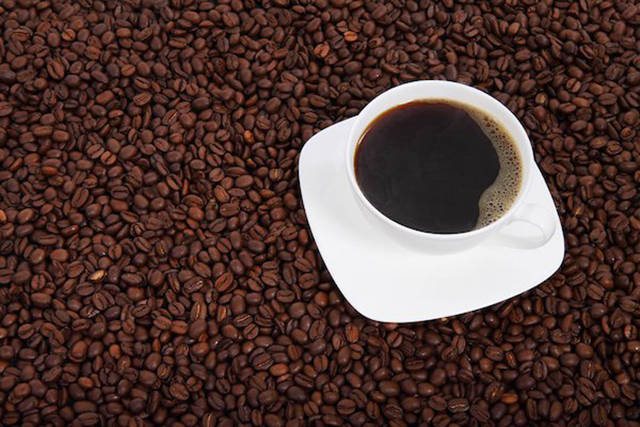
Cake
If cake is subjected to lower temps, it can become dry and crusty. Covered on the counter, it should stay golden for about a week.

Bananas
If you want your bananas to turn brown and bruise faster than normal, place them in the fridge. But a pro-tip to preserve them longer is to cover the stems with tightly wound plastic wrap.
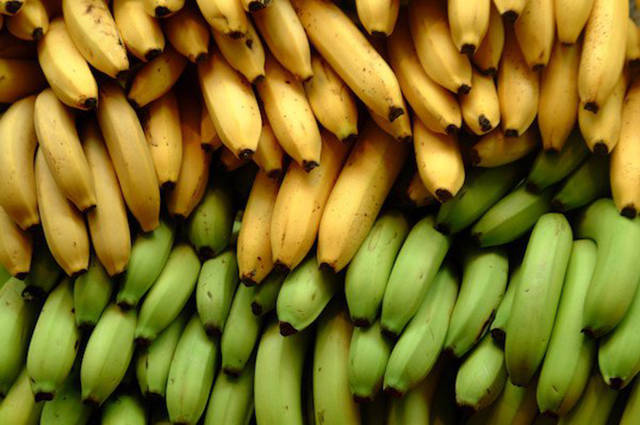
Hot Sauce
The key to a hot sauce’s durability is acidity, which can get diluted when placed in the fridge.
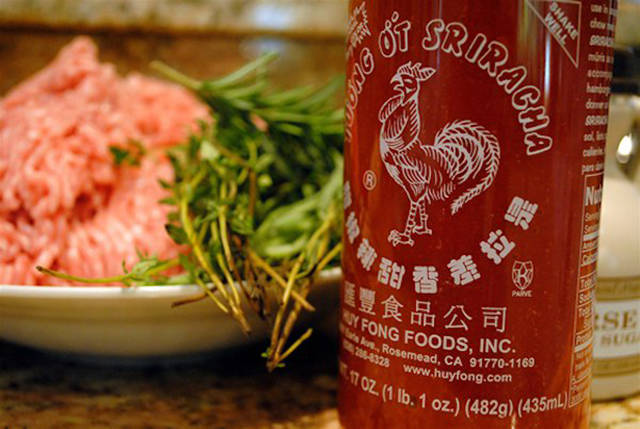
Jam
Preserved foods like jellies and jams are made to last, so they’re just as safe on the shelf as they are in the fridge. So no need to waste precious refrigerator space.
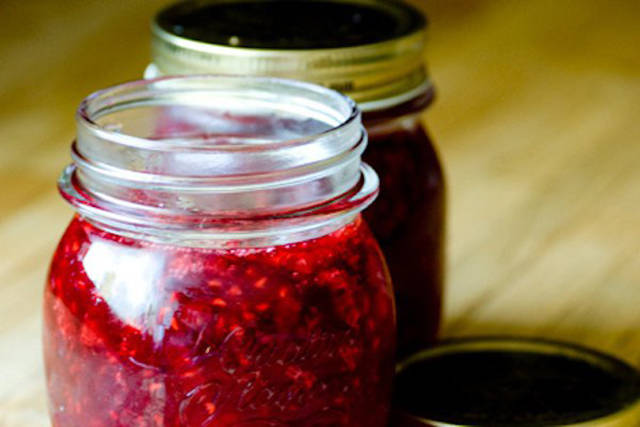
Butter (in most cases)
Keeping butter in your fridge can limit spreadability, so many folks opt to shelf the soft, salty stuff. Stored at room temperature, though, butter only lasts for about a week before slipping into the spoilage zone, so proceed with caution if you buy in bulk.
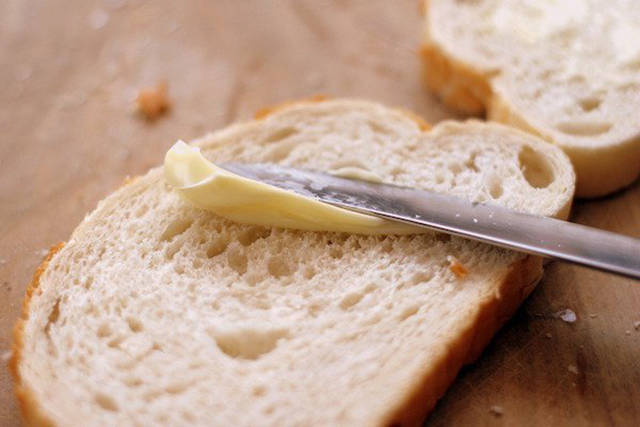
Tomatoes
Placing tomatoes in the fridge will actually drain the flavor from them and ruin the texture. Keep ’em on the counter.

Honey
Like maple syrup, cold temperatures will cause honey to crystalize or congeal. Honey will taste sweeter if you keep it on the bottom shelf and at room temp.
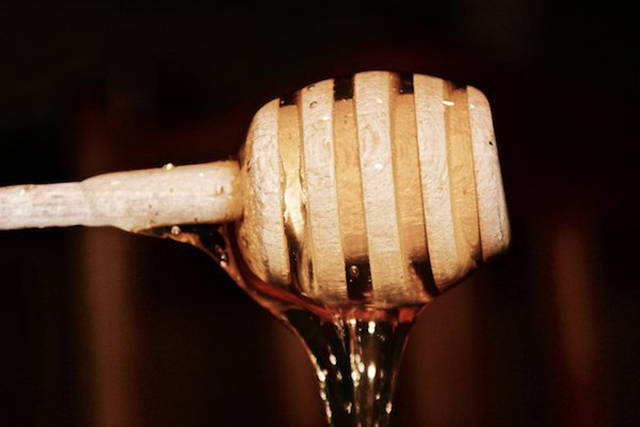
Avocados
Unless an avocado is on the brink of over-ripening, it should be left out as is. Time in the fridge will drain the fruit of all its flavor and texture. A halved avocado, however, could benefit from being stored in the fridge, though no cut avocado is going to last more than a day or so, no matter what you do.
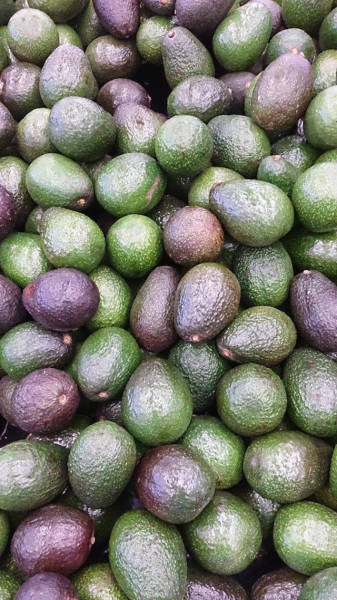
Citrus Fruits
Oranges, lemons and limes all share tough skins, which is meant to help them tolerate warm environments.
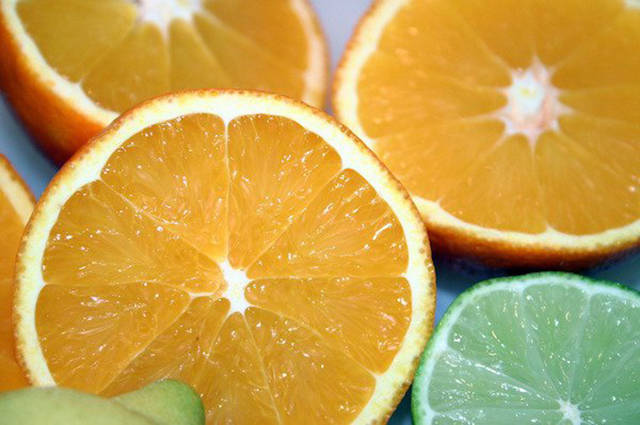
Apples, pears, peaches, nectarines, cherries & plums
Pitted and stone fruits actually tend to do better at room temperature. If the temperature is too low, the internal structures of these will become mushy.

PETS ARE NOT FOOD…
And absolutely under no circumstances should you refrigerate your pets…no matter how much they beg.


